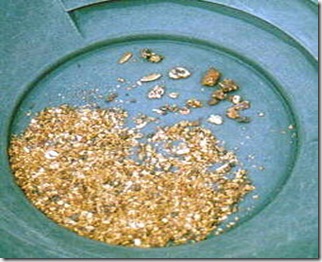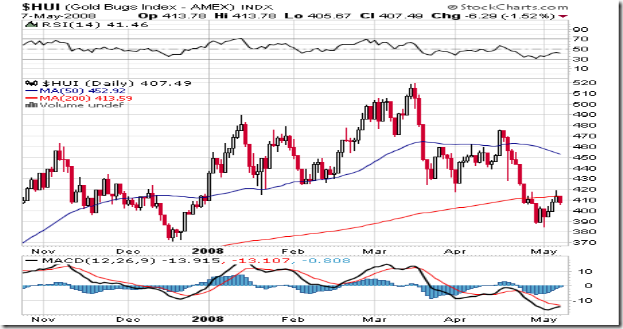Around the world, rising food prices have made basic staples like rice and corn unaffordable for many people, pushing the worlds poor in places such as Africa and Asia to breaking point. It is incredible listening to the news these days to hear the headlines about Global Food Shortages and riots in countries like Haiti and Mexico. We have become so used to the availability of food in our stores that it is sometimes easy to forget that for some people it is not just a case of heading to the nearest store to get food for their table.For some it is a matter of life and death to be able to get staple items such as wheat and rice.
It has become such a problem that some of the worlds governments have had to step in to try to protect the stock that they hold.Just yesterday India placed a ban on futures trading in several commodities, including soybean oil, chickpeas and potatoes.This was an attempt to preserve supplies and keep down the rampant inflation that is being caused by the increase in food prices.
 In Asia the problem is just as acute with rice continuing to make new highs on world exchanges.The demand placed on the prices of rice due to the huge populations of China and India has seen it reach astronomical levels with the price more than doubling in the last year.
In Asia the problem is just as acute with rice continuing to make new highs on world exchanges.The demand placed on the prices of rice due to the huge populations of China and India has seen it reach astronomical levels with the price more than doubling in the last year.
As well as the impact on populations desperate to feed themselves, we are seeing the impact on countries as farmers try to capitalise on the current high prices by seeking land wherever they can to grow the crops that are being demanded across the globe.
Until the end of the last century, soybeans were practically unknown in the Amazon basin. It was not until the grain terminal was built that soybean farmers came to the region from farther south. The land there was cheaper, the banks were offering low-interest loans and sales were guaranteed.
Villages, rubber plantations and grazing land for cattle were transformed into bean fields. The farmers cut enormous swathes into the rainforest, until environmentalists put a temporary stop to the unchecked rash of clearcutting. In Mato Grosso, the most important farming region, producers and environmental activists agreed on a two-year moratorium on the purchase of soybeans from the Amazon basin.
From the Río de la Plata to the Amazon, the Chinese are sucking the markets for soybeans dry. Large segments of the state of Mato Grosso are already covered with a green, pesticide-drenched monoculture. In the dry season between August and November, a cloud of smoke descends on Cuiabá, the capital of Mato Grosso. Despite a government ban, many farmers burn down sections of the rainforest to gain more farmland.
In Brazil we see huge swathes of land being used to grow Soybeans to satisfy the demand from China .Brazil is one of China's major trading partners. Long-term contracts between the two countries are intended to secure raw materials for China -- and, more recently, food products in particular.
.Brazil is one of China's major trading partners. Long-term contracts between the two countries are intended to secure raw materials for China -- and, more recently, food products in particular.
This rising world power, with its population of 1.3 billion, must take steps to ensure that it too does not become a victim of the Food Crisis .However it has a competitor on the horizon.India home to 1.1 billion people, has caught up with China in terms of the power it wields as a massive market. Together, the two Asian nations must feed more than a third of the world's population. In times of exploding food prices, their sheer size alone makes the crisis even worse.
It isn't difficult to imagine what happens to prices when the world's two most populous countries buy up other food products in a similarly aggressive fashion. In more and more dangerously poor countries, wheat and meat have become an almost unaffordable luxury, while famine and hunger riots are only likely to get worse.
Over the next few years I can only see these challenges becoming worse and prices continuing to rise.
In order to invest in these commodities we need to look once again at our favoured ETFs, I have a position in DBA the Powershares Agriculture Fund.You could also look at the AIGG Grains ETF (AIGC) or the individual ETFS for Soybeans (SOYB) or Wheat (WEAT).
There is likely to be volatility in these markets so I would not bethinking short term and I will place stop losses of around 20% on any positions that I have or buy in to. Over a 3-5 year period I think these holdings will do very well.
Best Wishes
Alan






